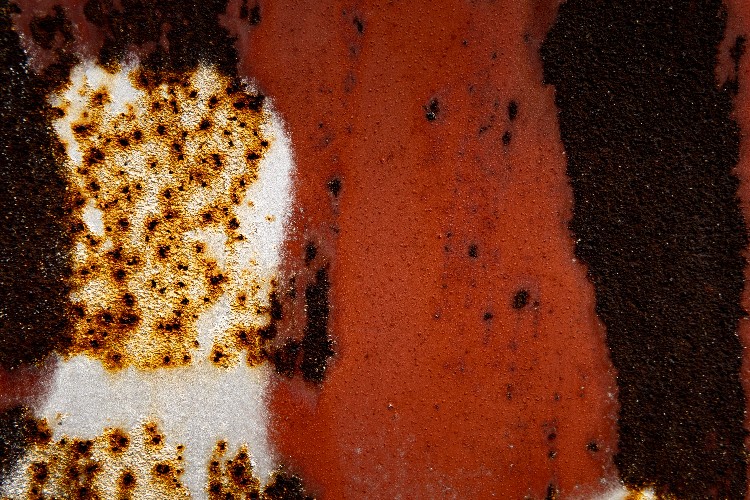Will Hypochlorous Acid Cause Rust? Find Out Now!
When we first started diving into the world of hypochlorous acid (HOCl), we had one big concern. Does hypochlorous acid cause rust?
We figured you might wonder the same. After all, no one wants their favorite tools, machines, or gadgets ruined by corrosion.
Today, we are going deep into this hot topic with real stories, actual science, and a bit of humor — because, hey, chemistry doesn’t have to be boring.
What is Hypochlorous Acid Anyway?
First things first, let’s understand what a hypochlorous acid hotel actually is.
It’s not some scary lab-made chemical. In fact, our white blood cells make it naturally. Cool, right?
At Shine, we produce HOCl using a simple mix:
· Saline solution (salt and water)
· A tiny zap of electricity
· A clean, compact HOCl Generator
No harsh toxins. No complicated science fair projects.
Here’s why we love it:
· Kills bacteria almost instantly
· Highly effective against viruses, including nasty ones like norovirus
· Works at recommended concentrations of 50–200 ppm
· Leaves no harmful residues behind
· Operates within a gentle pH range of 5.5–6.5
· Safe even for sensitive skin
And best of all, hypochlorous acid is safe compared to traditional bleach (hello, sodium hypochlorite).
But can it betray us by causing rust? Let's find out.
Can Hypochlorous Acid Actually Cause Rust?
Alright, time for the truth.
Yes, hypochlorous acid can cause rust... but only if you use it wrong.
Here’s how it happens:
· Rust forms when iron reacts with water and oxygen.
· Strong oxidizers like free available chlorine speed up this reaction.
· Even though HOCl is much milder than bleach, it still counts as an oxidizer.
If you:
· Use high-concentration hypochlorous acid (above 500 ppm)
· Constantly soak metals without drying
· Ignore proper maintenance
Then, yes, you will see corrosion creeping in.
We learned this the hard way once when one of our demo machines got sprayed down daily without wiping.
After a month, a sad layer of orange dust appeared. Talk about pain.
How to Use HOCl Safely and Effectively on Metal Surfaces
Luckily, we know better now.
Here’s our hard-earned wisdom boiled down into simple steps you can follow:
1. Stick to the right concentration
· Keep it under 200 ppm.
· Double-check your solution using free chlorine test strips.
2. Monitor the pH level
· The perfect pH range is between 5.5 and 6.5.
· If pH drifts too high or low, HOCl can become unstable and more corrosive.
3. Wipe down metal surfaces
· Spray.
· Let it sit for 2–3 minutes.
· Then, wipe it dry with a clean cloth.
4. Protect vulnerable metals
· Apply rust inhibitors to raw iron or carbon steel.
· Stainless steel fares much better but still benefits from drying after use.
5. Store properly
· Don’t let saline solution or HOCl pool on any surface.
· Clean sprayers and generators regularly.
We promise — a little extra care makes a huge difference.
Sodium Hypochlorite vs Hypochlorous Acid: Which Is Worse for Rust?
Now, you might wonder: if HOCl causes rust sometimes, what about sodium hypochlorite?
Oh boy.
Sodium hypochlorite (common bleach) is way more aggressive.
Check this out:
· Sodium hypochlorite usually sits at 10,000–50,000 ppm concentration.
· It has a high free available chlorine content.
· It produces chlorine gas fumes when mixed with acids.
· It leaves behind corrosive, harmful residues.
· It can cause serious skin irritation on contact.
In short, sodium hypochlorite acts like a bull in a china shop.
If you use bleach on metals, expect rapid corrosion.
Meanwhile, hypochlorous acid hocl acts like a gentle but firm cleaner — effective without being destructive when used correctly.
That’s why we chose to build our business around HOCl Generators instead of bleach-based systems.
Other Factors That Affect Rust Risk
Let’s toss in a few curveballs you might not expect.
Rust isn't just about chemicals. Other factors sneak into the game, too:
· Humidity: Moist air speeds up oxidation even without HOCl.
· Surface material: Aluminum resists rust better than iron.
· Temperature: Hot environments speed chemical reactions.
· Exposure time: Longer contact increases risk.
By staying smart about how you apply HOCl, you can control almost all of these variables.
Here’s a quick checklist we use:
· Test first on an inconspicuous spot.
· Use freshly made hypochlorous acid.
· Store solutions in closed, dark containers.
· Maintain your sprayers and nozzles.
· Never let solutions sit on surfaces overnight.
Seriously, your equipment will live longer and work better if you follow these simple habits.
Our Emotional Take on Rust and HOCl
Honestly, nothing feels worse than seeing shiny equipment go dull because of a silly mistake.
We treat our machines like family members (yes, we’re those kinds of nerds).
We even named one of our favorite HOCl Generators "Sparky" because it keeps everything so fresh.
When we realized rust could happen if we were careless, it felt like a betrayal.
But after tweaking our routines and getting smart about concentration, we reclaimed that trust.
Now, we clean, disinfect, and deodorize safely and effectively without fear.
We want you to have that same confidence when using Shine’s HOCl Generator at your home, office, clinic, or factory.
Conclusion: Does Hypochlorous Acid Cause Rust?
Let’s wrap this up with a no-nonsense answer.
Yes, hypochlorous acid can cause rust if misused.
No, hypochlorous acid will not cause rust if you respect the rules.
Here’s the winning combo:
· Use 200 ppm or less.
· Stay in the right pH range.
· Dry metal surfaces after cleaning.
· Store HOCl properly.
With these simple steps, you can enjoy all the benefits of hypochlorous acid — cleaning, disinfecting, deodorizing — without rust ruining the party.
We believe HOCl is a game-changer for safe, sustainable disinfection.
You just need to treat it right.
And hey, isn’t that true for most good things in life?

